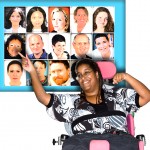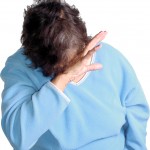
Self injurious behaviour is usually defined as behaviour that directly results in physical harm to an individual and includes such behaviours as hand biting, head slapping, picking at skin, gouging or striking the body or eating inedible material. In addition, researchers have begun to include display of repetitive movements even though they may not immediately [read the full story…]




